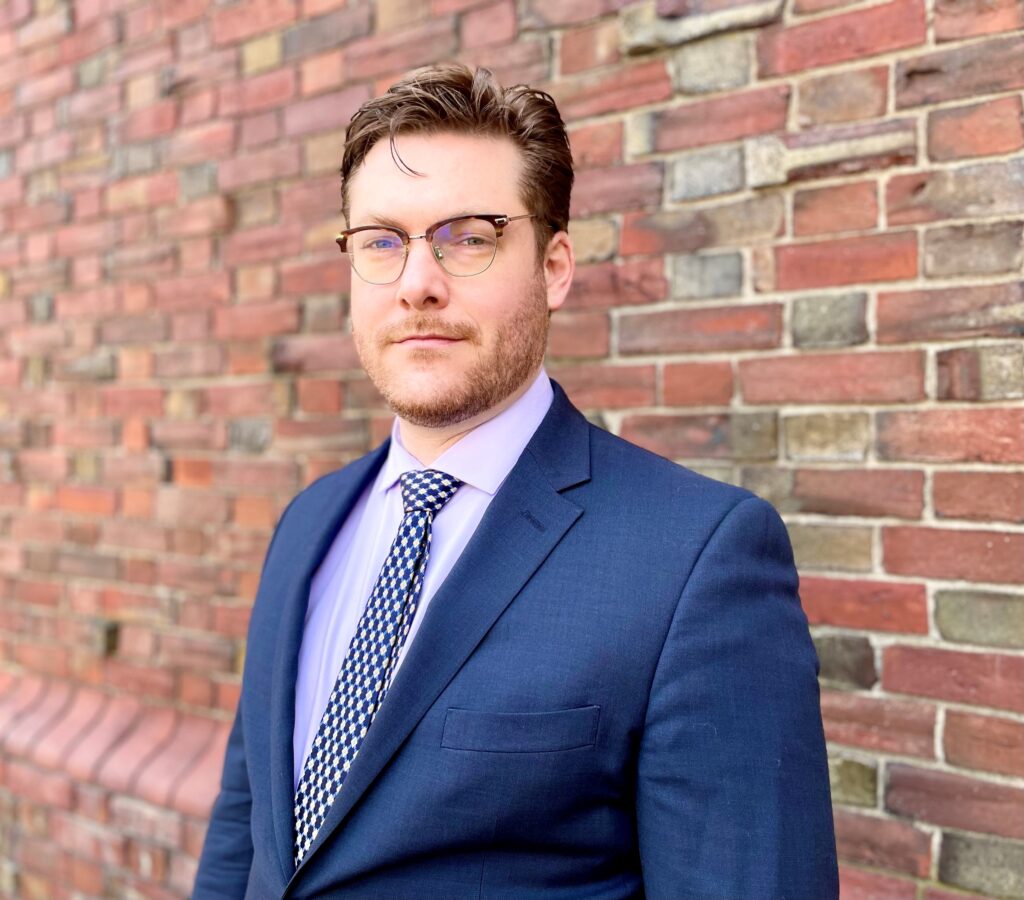By Professor Christopher D. Hampson (University of Florida Levin College of Law)

Shortly after Alex Jones and Rudy Giuliani were found liable for massive defamation judgments, they filed for bankruptcy in Texas and New York, respectively. These cases and others sparked a series of conversations in my hallway at the University of Florida Levin College of Law. My colleague Lyrissa Lidsky, a leading expert in defamation (among many other subjects), asked if she could point journalists in my direction when they asked what would happen next.
That kind of inquiry is familiar to bankruptcy lawyers. Bankruptcy courts, as the emergency rooms of commercial law, must figure out how to deal with whatever gets wheeled through the doors. And although both bankruptcy and defamation have been around for a long time, the intersection of the two contains significant complexity, especially when the First Amendment is thrown into the mix. I found myself organizing my thoughts into an article.
Defamation, Bankruptcy & the First Amendment, just published by the Journal of Free Speech Law, dives into the overlap of those three areas of law. Bankruptcy lawyers will find it unsurprising that the article focuses on section 523(a)(6). Much defamation debt is for “willful and malicious injury” under the Bankruptcy Code and is therefore nondischargeable. But I point out that the details matter, especially since plaintiffs can win defamation judgments on a showing of negligence alone. That means that bankruptcy judges often make fresh factual findings, since a prior judgment can have preclusive effect only on the same issue, and negligence and recklessness are not the same as “willful and malicious.” I point out, however, that judicial factfinding beyond what would be necessary to prove the elements of the claim is another example of bankruptcy pragmatism; after all, the statute excepts from the discharge only those debts “for” willful and malicious injury.
As to free speech, the First Amendment requires that public figures demonstrate “actual malice” by the defendant, a requirement tracing back to New York Times Company v. Sullivan, decided in 1964. But “actual malice” can be met by reckless disregard for the truth, which isn’t enough under the Bankruptcy Code to make a claim nondischargeable. In this and other ways, the Bankruptcy Code is quite protective of speech — a good thing in a country that has enshrined free speech in its Constitution.
I conclude by exploring how these defamation cases fit into broader questions that the bankruptcy community has been grappling with anew in recent years. As with Purdue Pharma, USA Gymnastics, Boy Scouts of America, and other mass tort cases, the defamation cases press hard questions about the purpose and effectiveness of bankruptcy. How far does “fresh start” policy go? Does section 523 need an overhaul? And does chapter 11 make it “too easy for bad actors to shed debt” without undertaking necessary reforms? I argue that the Code may be too harsh on individuals and too lenient on business organizations.
Of course, no single law review article could hope to provide a final resolution of these big questions. But I do hope that it will provide a thoughtful analysis of bankruptcy issues relevant to communications lawyers. In our fast-paced, social media ecosystem, defamation exposure can quickly blossom into insolvency, and so legal teams may need to think about bankruptcy a little more — and a little sooner.
Click here to read the full article.
